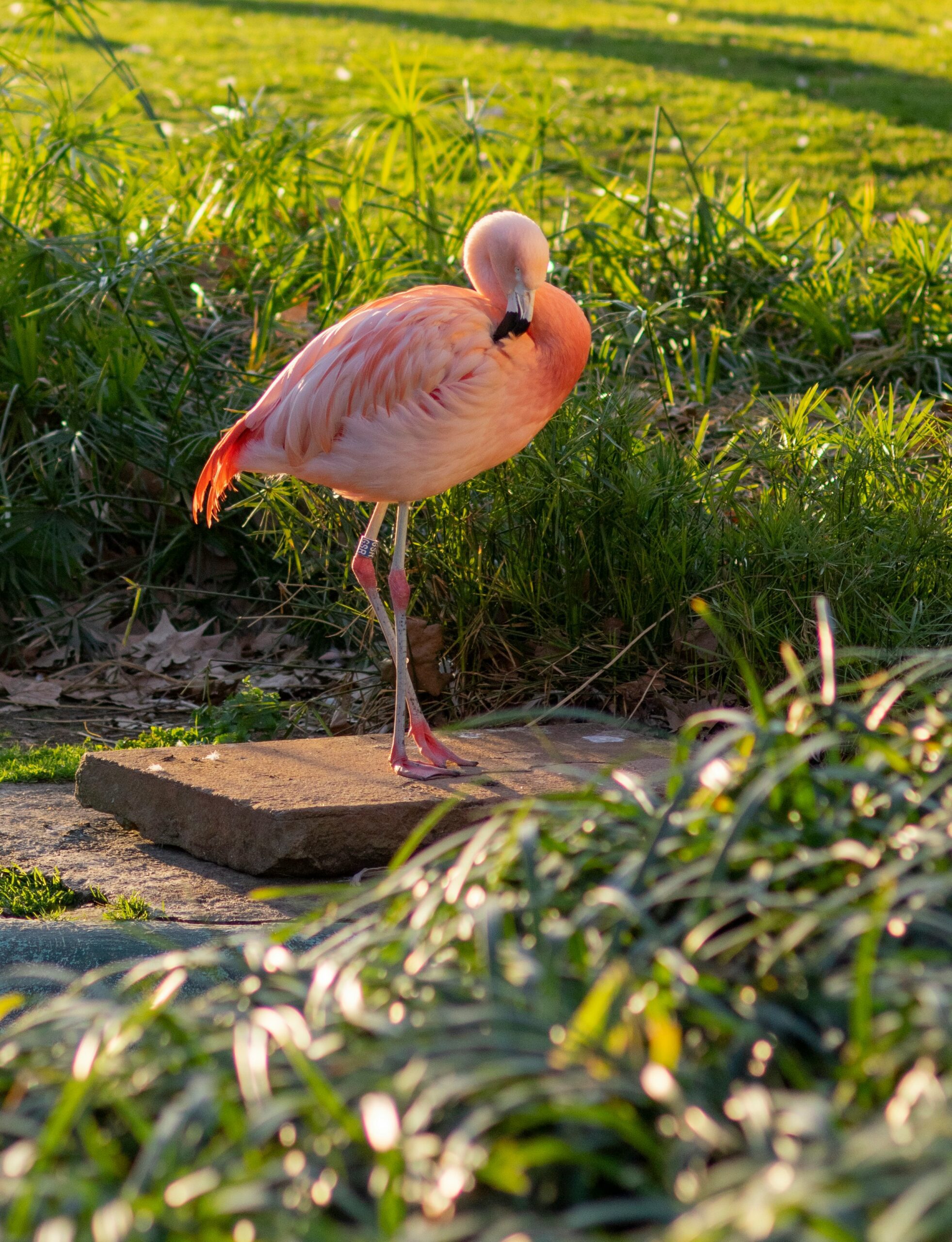

Introduction to Rare Plants
Are you looking to add a touch of the extraordinary to your home? Rare plants can transform any space into a vibrant oasis, sparking conversation and admiration. These unique botanical treasures are not just eye candy; they bring an element of surprise and joy to indoor gardening. Imagine nurturing something that few others have! Whether you’re a seasoned plant parent or just beginning your green journey, diving into the world of rare plants offers endless possibilities for creativity and connection with nature. Let’s explore some captivating options that will turn your living space into a lush sanctuary.
The Benefits of Growing Rare Plants at Home
Growing rare plants at home offers a unique charm that goes beyond aesthetics. Each plant tells a story, adding character to your space.
Rare plants often come with intriguing histories and origins. They can spark conversations and intrigue among friends and family.
Cultivating these botanical wonders also contributes to biodiversity. By nurturing them, you’re helping preserve species that may be threatened in their natural habitats.
Moreover, caring for rare plants can bring immense satisfaction. Watching them thrive under your care fosters a sense of accomplishment.
The therapeutic benefits are notable too. Tending to greenery is known to reduce stress and improve mental well-being.
Having uncommon plants allows you to express individuality in your décor choices while fostering a deeper connection with nature itself.
Top 5 Rare Plants and Their Unique Characteristics
The Monstera Obliqua is a striking rare plant known for its delicate, perforated leaves. This beauty thrives in low light and humidity, making it perfect for indoor settings. Each leaf presents a unique pattern that evolves with age.
Next up is the Blue Vanda Orchid. Unlike traditional orchids, this one showcases vibrant blue hues that catch the eye instantly. It requires bright light and humid conditions to flourish, so consider placing it near a sunny window.
The Ghost Orchid offers an ethereal look with its white petals resembling phantom blooms. Native to Florida and Cuba, it needs specific care—low-light environments and high humidity are essential for success.
Then there’s the Rafflesia arnoldii, famous for being one of the largest flowers on Earth. Its massive size can reach up to three feet across! However, it’s more challenging to grow due to its parasitic nature; cultivating it at home is rarely successful but intriguing nonetheless.
Behold the Black Bat Flower (Tacca chantrieri). With blackish-purple flowers shaped like bat wings, it’s truly unusual. This tropical plant enjoys warm temperatures and indirect sunlight while needing consistent moisture in soil for optimal growth.
Tips for Successfully Growing Rare Plants Indoors
Create the right environment for your rare plants. Start by assessing your indoor lighting. Many of these unique species thrive in bright, indirect light. Windowsills can be ideal spots, but consider using sheer curtains to filter harsh sunlight.
Humidity is crucial too. Rare plants often come from tropical climates and appreciate a bit of moisture in the air. You might use a humidifier or place a tray filled with pebbles and water beneath your pots.
When it comes to watering, less is often more. Overwatering can lead to root rot—a common issue among delicate varieties. Check soil moisture before adding more water; sticking your finger an inch deep can help determine when it’s time.
Don’t forget about feeding them! Use diluted fertilizer during their growing season to ensure they get essential nutrients without overwhelming them.
Where to Find Rare Plants and How to Acquire Them
Finding rare plants can be an exciting adventure. Local botanical gardens and arboretums often have unique specimens for sale or may host plant sales featuring hard-to-find varieties.
Online marketplaces are another great resource. Websites like Etsy or specialized plant shops offer a plethora of options. Make sure to check seller reviews to ensure you’re getting healthy plants.
If you’re feeling social, consider joining local gardening clubs or online forums dedicated to rare plants. Members frequently trade cuttings or share information on where to find specific species.
Plant expos and farmers’ markets also feature vendors who specialize in rare botanicals. These events allow you to see the plants in person before buying them.
Don’t overlook nurseries that focus on native and exotic flora. They might surprise you with hidden gems waiting for a new home in your garden.
Conclusion: The Joy and Satisfaction of Growing Rare Plants at Home
Growing rare plants at home is more than just a hobby; it’s an enriching experience that brings beauty and uniqueness into your living space. Each rare plant tells a story, showcasing its history and distinct characteristics.
The satisfaction of nurturing these special specimens can be profound. Watching them thrive under your care fosters a deep connection to nature. It also allows you to create an indoor sanctuary filled with color, texture, and intrigue.
As you cultivate these plants, you’ll find joy not only in their growth but also in the sense of accomplishment that comes from overcoming challenges associated with their care.
Embracing the journey of growing rare plants transforms any home into a vibrant oasis while providing endless opportunities for learning and exploration in the world of botany. The rewards are plentiful, making every moment spent caring for your unique companions truly worthwhile.
